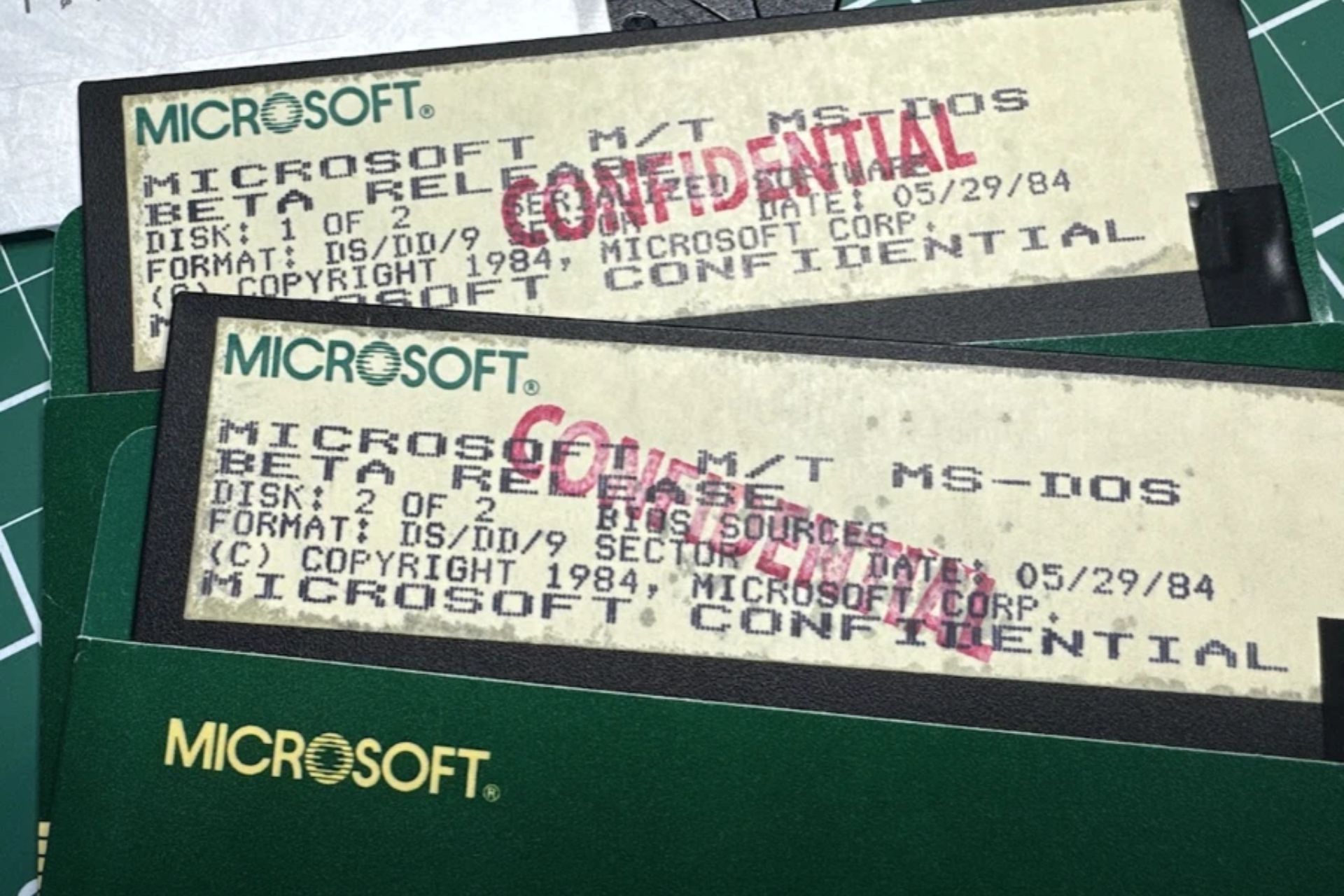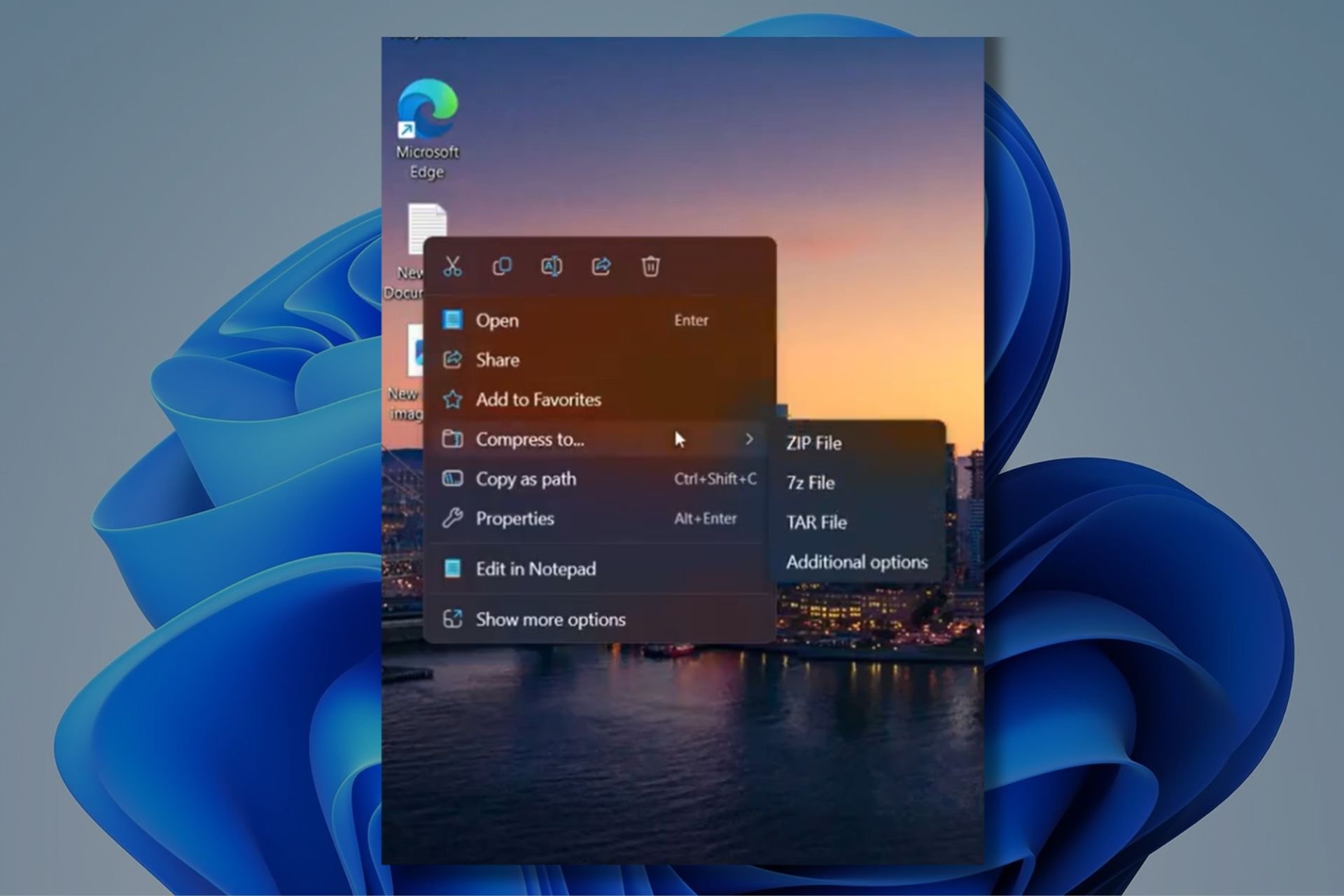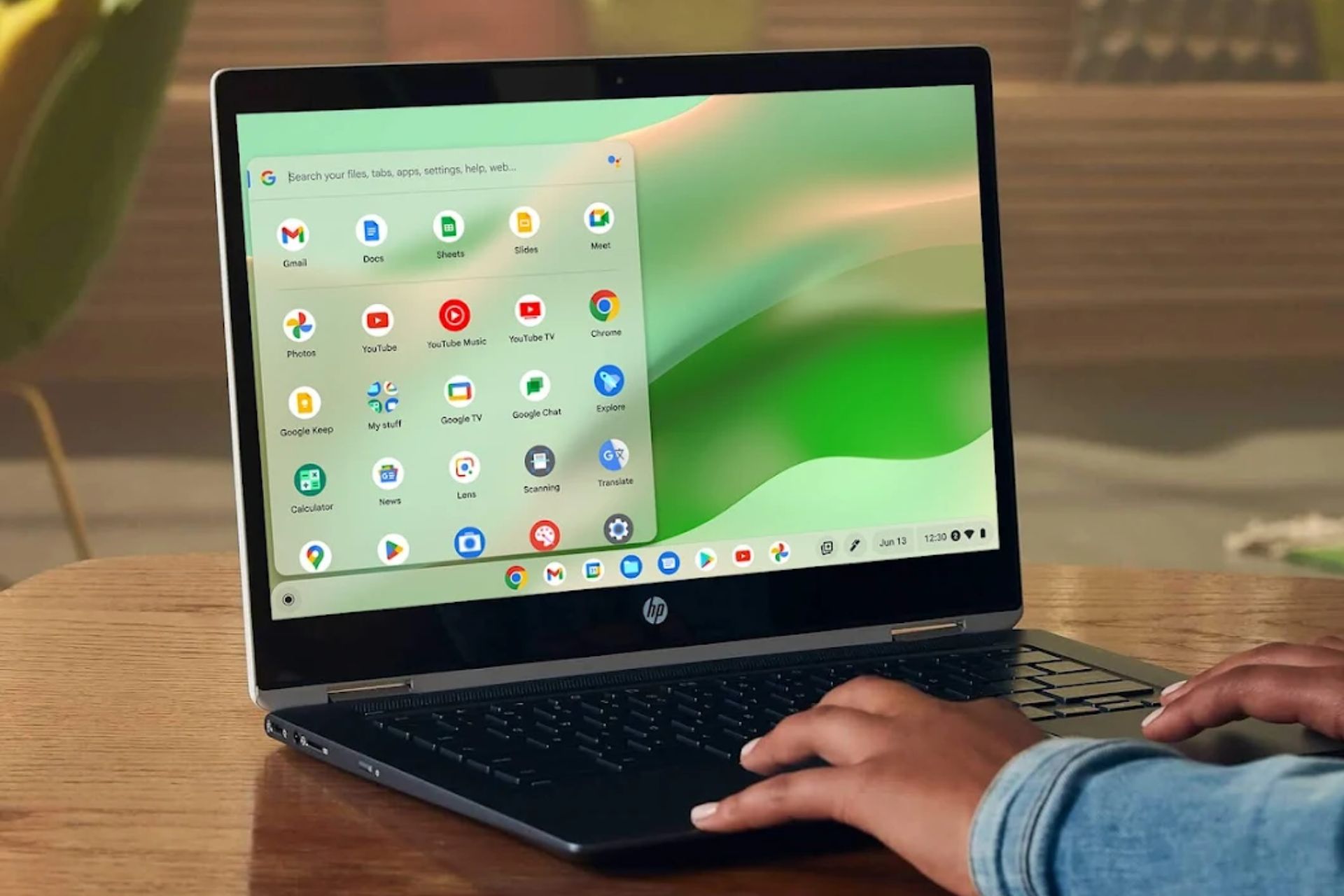Microsoft makes it less attractive for developers to create apps for Windows
2 min. read
Published on
Read our disclosure page to find out how can you help Windows Report sustain the editorial team Read more
Beginning January 2015, Windows developers will be at a disadvantage when it comes to making money using their apps submitted in the respective app stores. Currently, Microsoft takes a 30 percent cut on the revenues generated through the app sales, with 70 percent going to the developers. Upon reaching $25,000 sales, the cut is reduced to 20 percent, making it more attractive for developers to create apps for Windows and Windows Phone. The 20 percent caveat is only applicable until 31st December, 2014.
If you take a closer look at the App Developer agreement, it states,
For the Windows Store: The Store Fee for Apps made available in the Windows Store is thirty percent (30%) of Net Receipts, unless and until your App takes in total Net Receipts of USD$25,000, after which time the percentage is 20% for that App. The twenty-percent (20%) Store Fee will be in effect until December 31, 2014.
For the Windows Phone Store. The Store Fee for Apps made available in the Windows Phone Store is thirty percent (30%) of Net Receipts, except for transactions subject to the Commerce Expansion Adjustment, for which the Store Fee shall be forty-three and nine-tenths percent (43.9%) of Net Receipts.
From January 1st, 2015, the 20 percent cut condition will be removed, and developers will get 70 percent of the net sales no matter how much they sell. Microsoft mentioned further in the developer agreement,
“Beginning January 1, 2015, the Store Fee for all Apps made available in the Windows Store will be thirty percent (30%) of Net Receipts.”
This is definitely a disappointing news for developers. Windows Phone and Windows store are already lagging behind in terms of quality apps when compared with iOS and Google Play Store, and this could further affect the volume as developers are likely to focus on other platforms when it comes to apps.
This isn’t a new change. As per Neowin, Microsoft confirmed to them that this change was introduced at Build 2014, but was missed due to all the big announcement made during the big event.









